LiveWire brings its range of S2 electric motorcycles to Berlin
A cool, steely grey sky loomed overhead as our small crew of electric LiveWire motorcycles rolled off the parking lot in Berlin. Among us, we had a LiveWire One, as well as all new variants of the new S2, including the S2 Alpinista, the S2 Mulholland and the S2 Del Mar. The LiveWire One has been available for purchase in Germany since 2023.
As to be expected from an electric motorcycle in this price class, the pickup at traffic lights was impressive, and being able to dart across traffic lanes proved helpful in the city. Once reaching the Autobahn, we really got to test how fast LiveWire motorcycles can go – as the fastest model, the LiveWire One has a top speed of 177 kilometres per hour, with an acceleration from 0-96 kph in three seconds. The newer S2 Mulholland followed behind with a top speed of 159 kph. The WMTC range below for the LiveWire One is different, with the first value representing a maximum power ride, while the second value maximises the use of the regenerative braking system.
| S2 Alpinista | S2 Mulholland | S2 Del Mar | One | |
|---|---|---|---|---|
| Top speed | 159 kph | 159 kph | 163 kph | 177 kph |
| Acceleration 0-96 kph | 3 sec | 3 sec | 3 sec | 3 sec |
| Torque | 263 Nm | 263 Nm | 263 Nm | 263 Nm |
| Range (WMTC)/(MIC City) | 122 km/194 km | 122 km/194 km | 111 km/181 km | 154km;167 km/235 km |
| Battery | 12.6 kWh | 12.6 kWh | 12.6 kWh | 12.6 kWh |
| Charging time 20-80% | 78 min. | 78 min. | 78 min. | 40 min. (DC) |
| Price | 18,832 € | 19,427 € | 19,129 € | 24,990 € |
Despite a fast acceleration, handling at low speeds felt comfortable. That is due to the decreased vehicle weight compared to the previous LiveWire One models, which allows for improved manoeuvrability, as well as better energy efficiency. As a result, the bikes are about 50 kg lighter, while the battery size shrank from 15.4 kWh in the One to 10.5 kWh in the S2 models. The range, however, only decreased from 234 kilometres for the One to 193 km (city range on the Alpinista).
All LiveWire models now feature driver assistance programmes, which support the driver in difficult weather conditions. The system kicks in subtly when the roads are wet or sandy. Specifically, an anti-lock braking system and traction control support the driver to prevent crashes. In addition, regenerative braking is now also standard on the electric motorbikes.
As LiveWire describes the handling: “Thanks to this technology, the LiveWire S2 models are equipped with a package to adapt the acceleration and deceleration forces to the available tyre grip. Imperceptible during normal driving, the electronic assistants prove to be extremely helpful, especially in difficult road conditions and dangerous situations.”
Speaking of the S2 range, as mentioned above, all models are built on the same platform. That does not mean they are identical vehicles, however, as LiveWire is attempting to corner several markets at once with the S2. The Alpinista, despite a name reminiscent of mountaineering, will serve as an urban commuter, with a slightly faster acceleration value, a small windscreen, and a different wheel setup to the Mulholland, which was the first S2 model to be revealed. However, the choice to not simply let customers customize their own bikes, which is a standard for the Harley-Davidson models, feels odd, considering that is exactly what the three-bike model range offers.
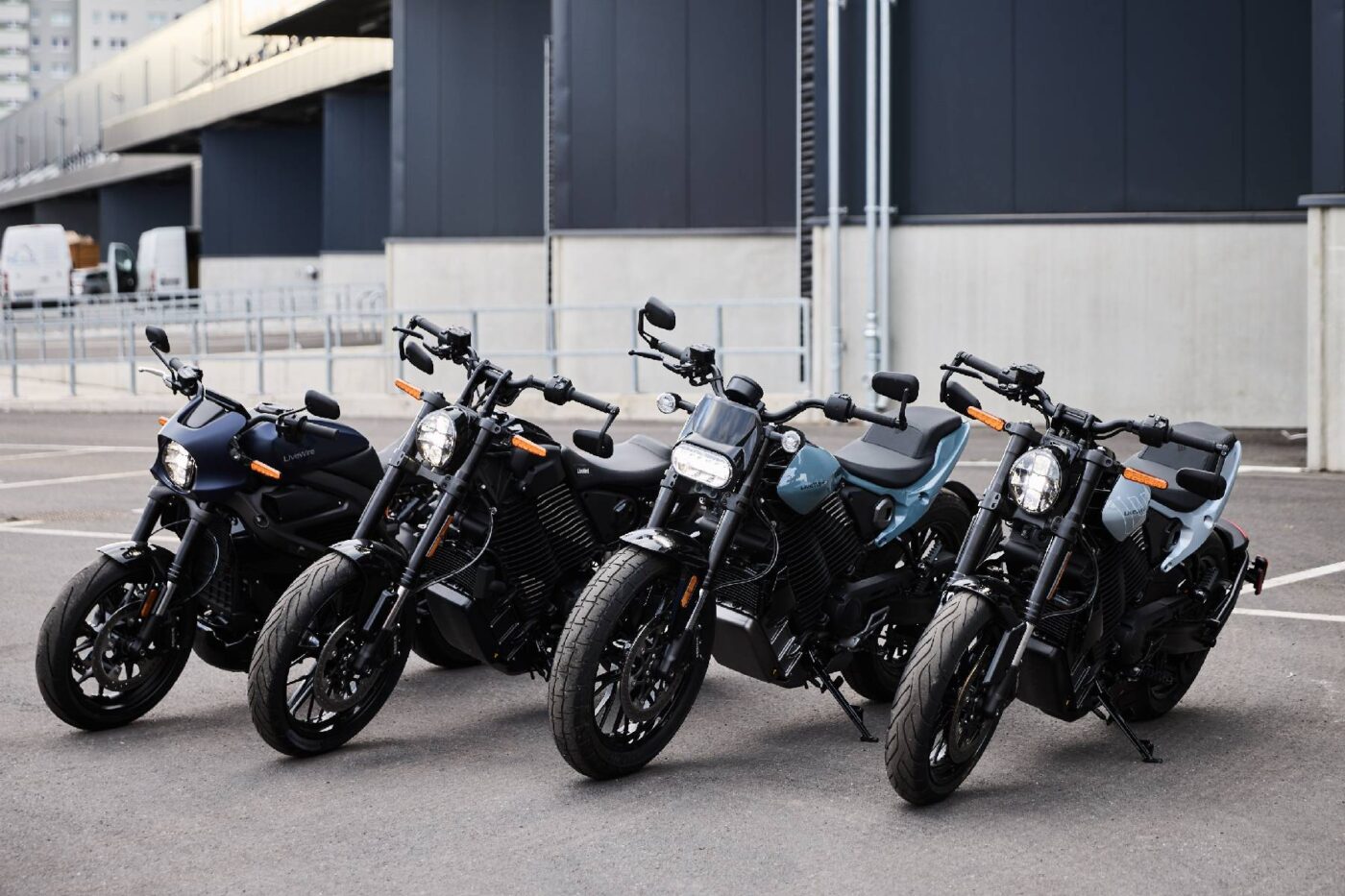
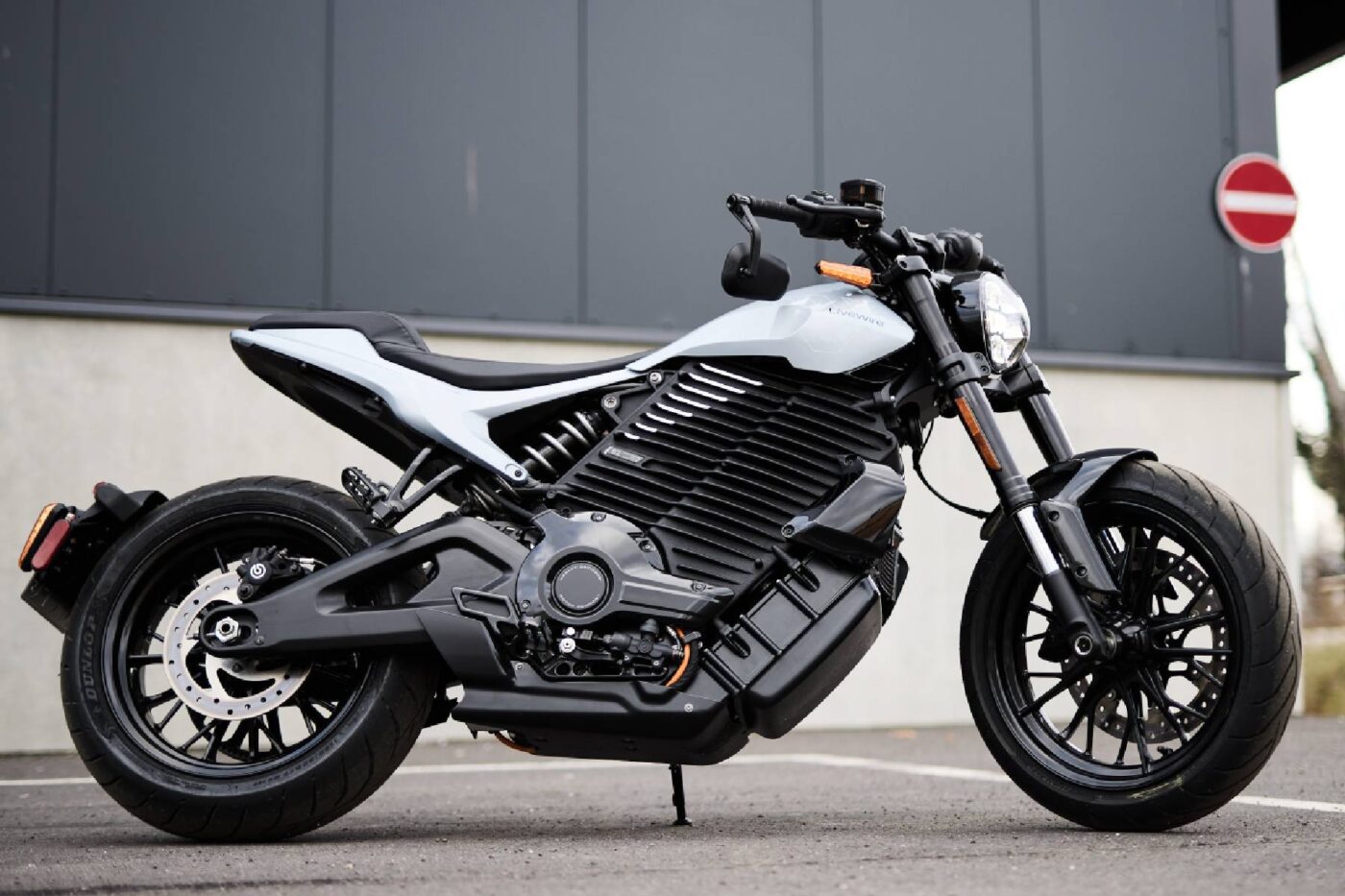
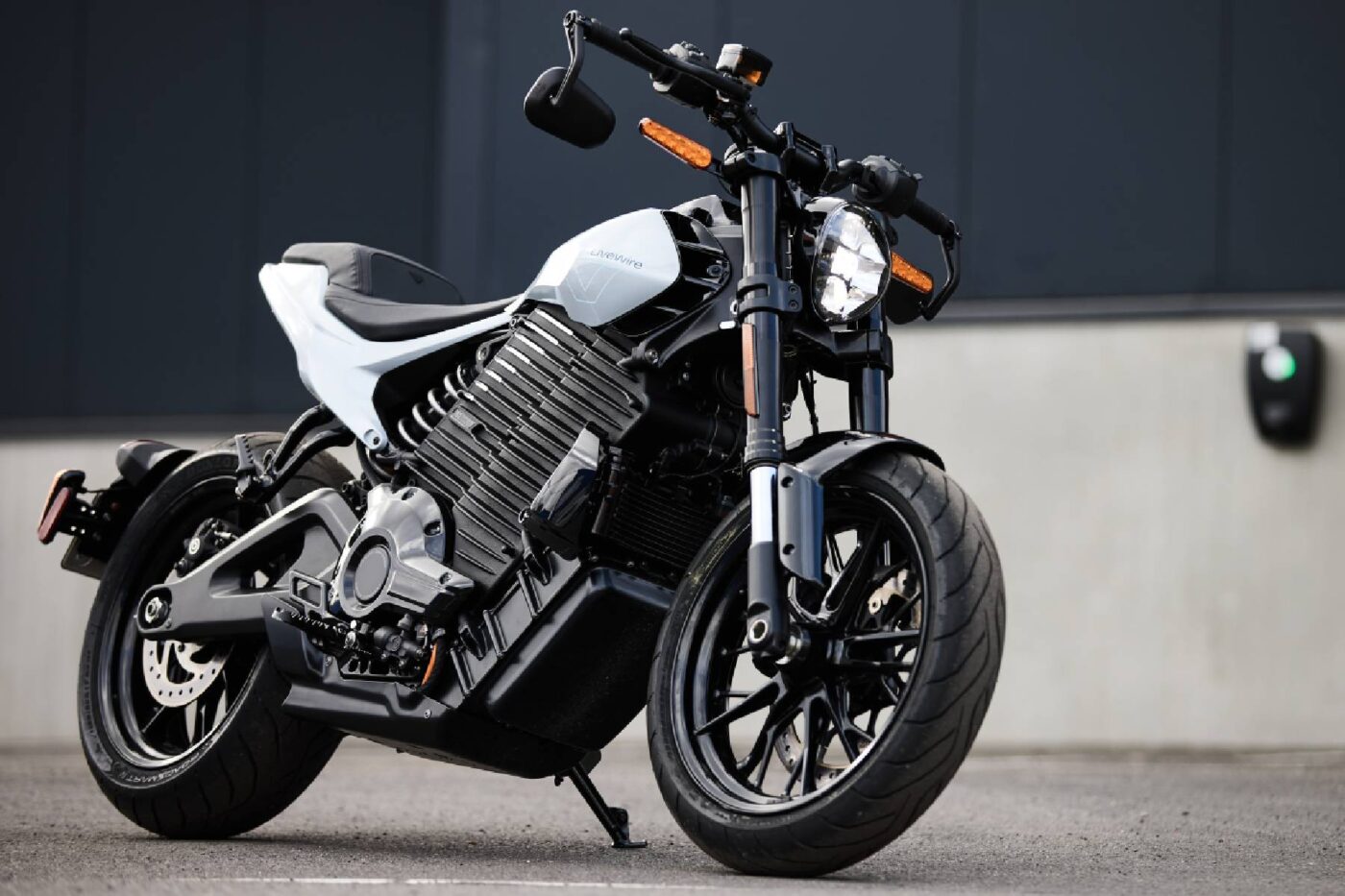
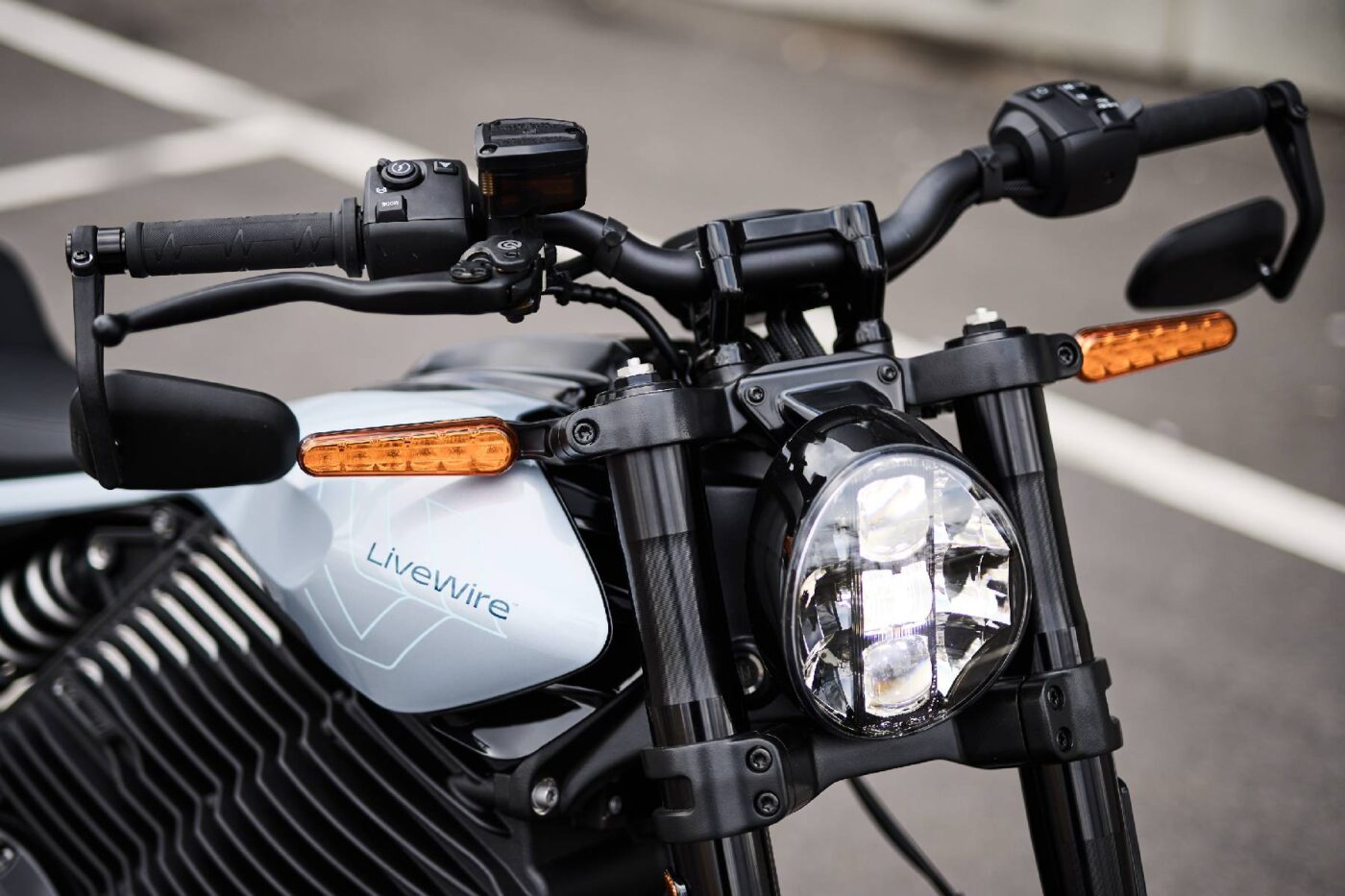
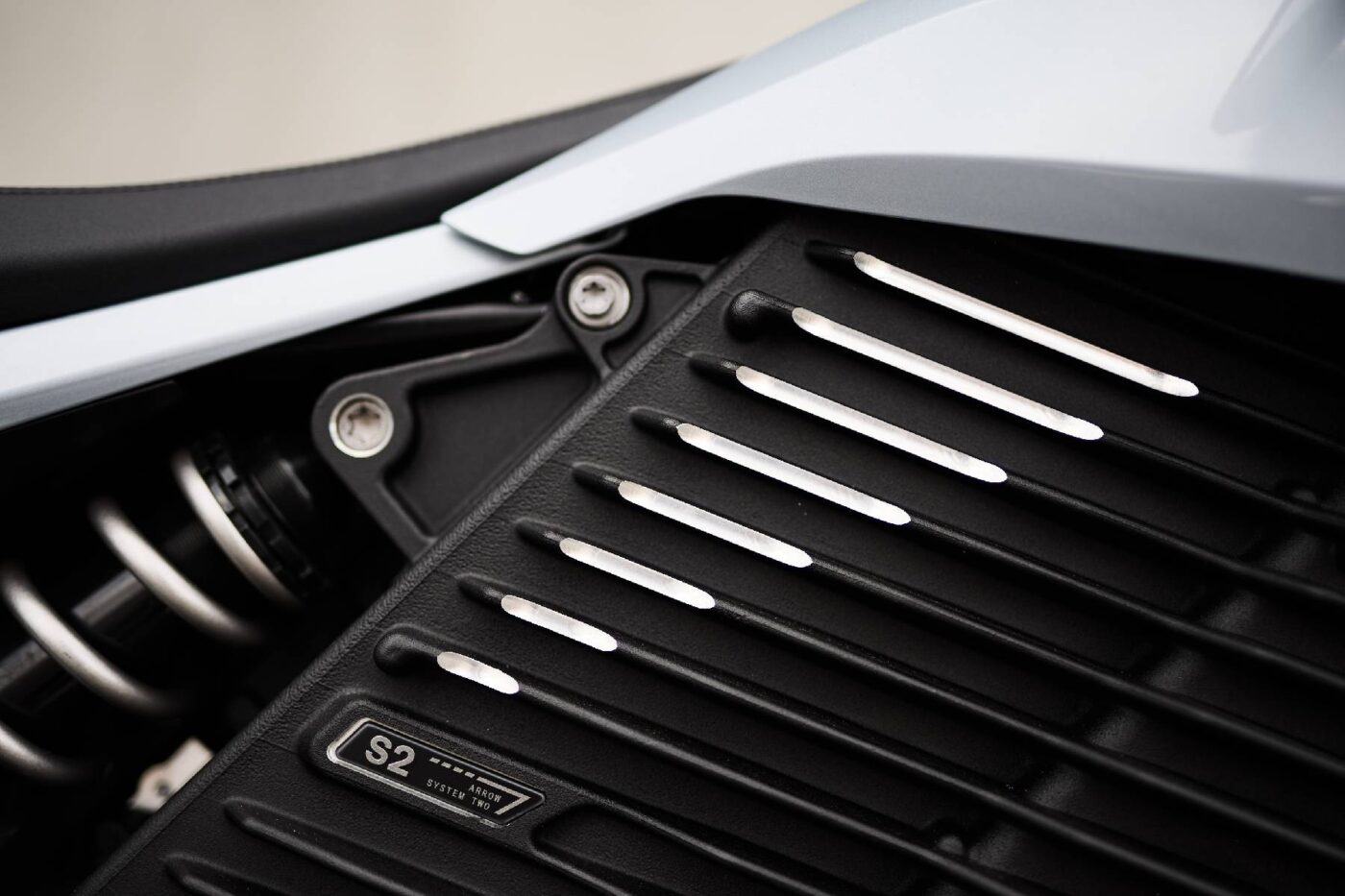
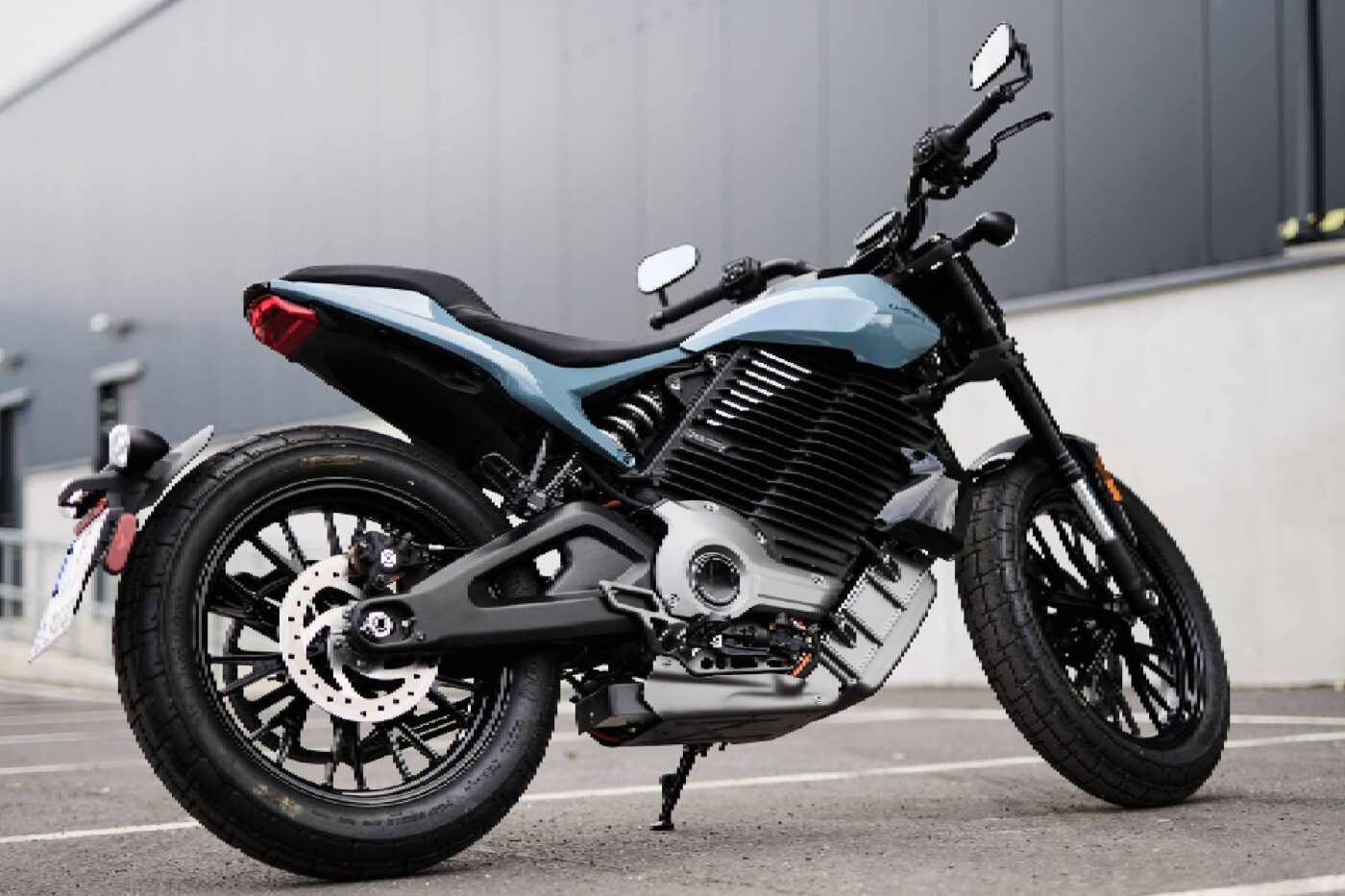
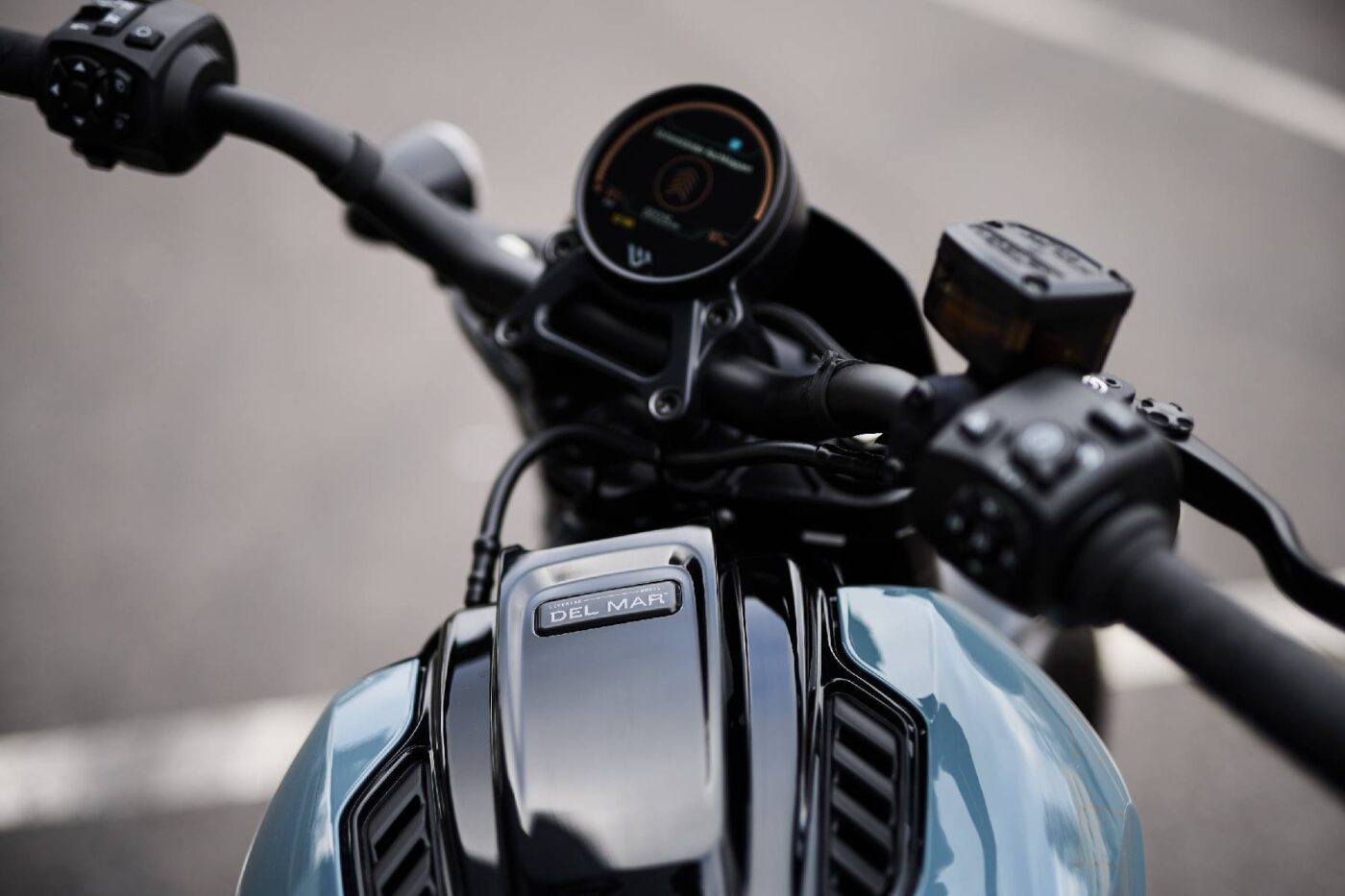
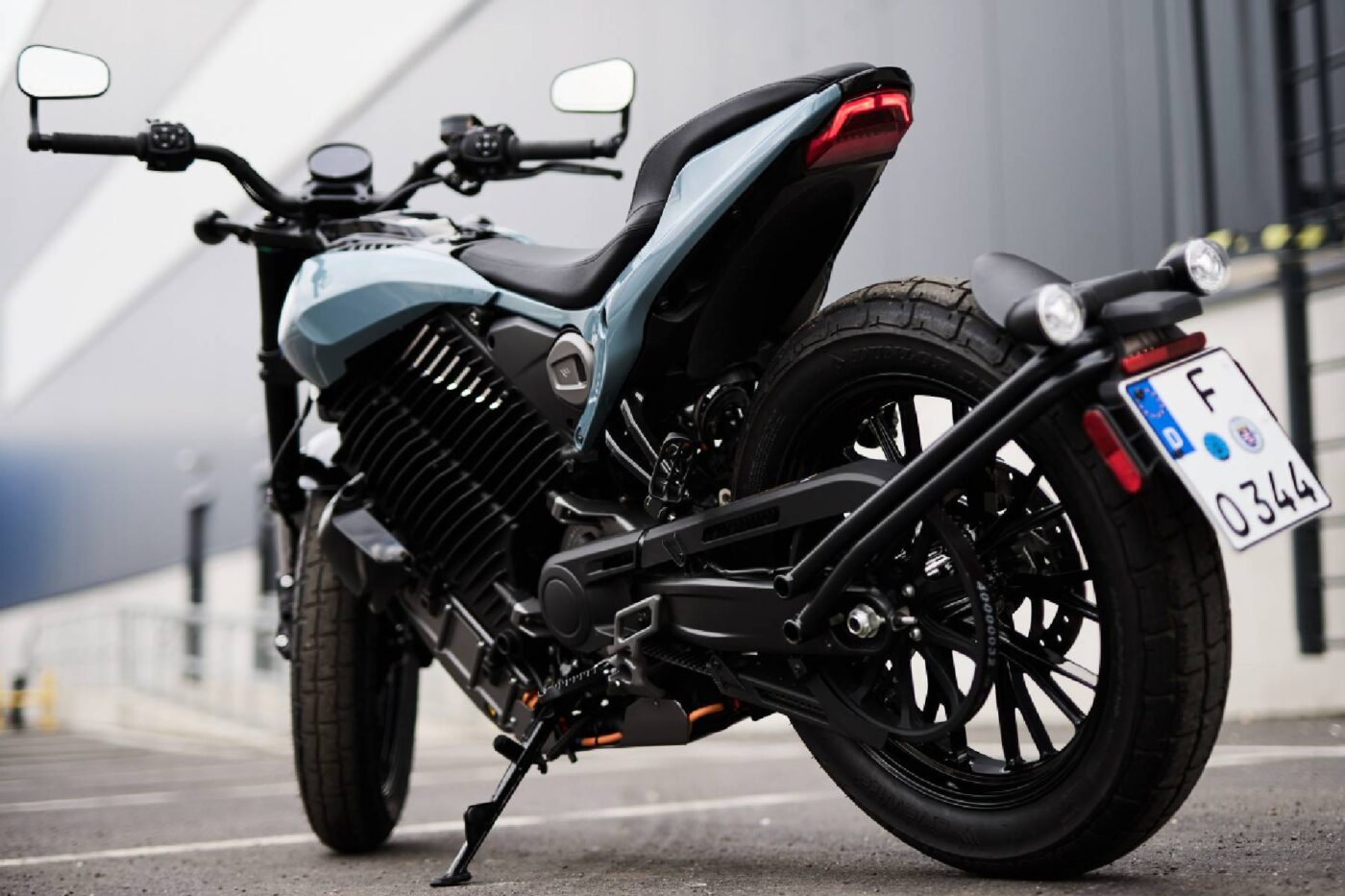
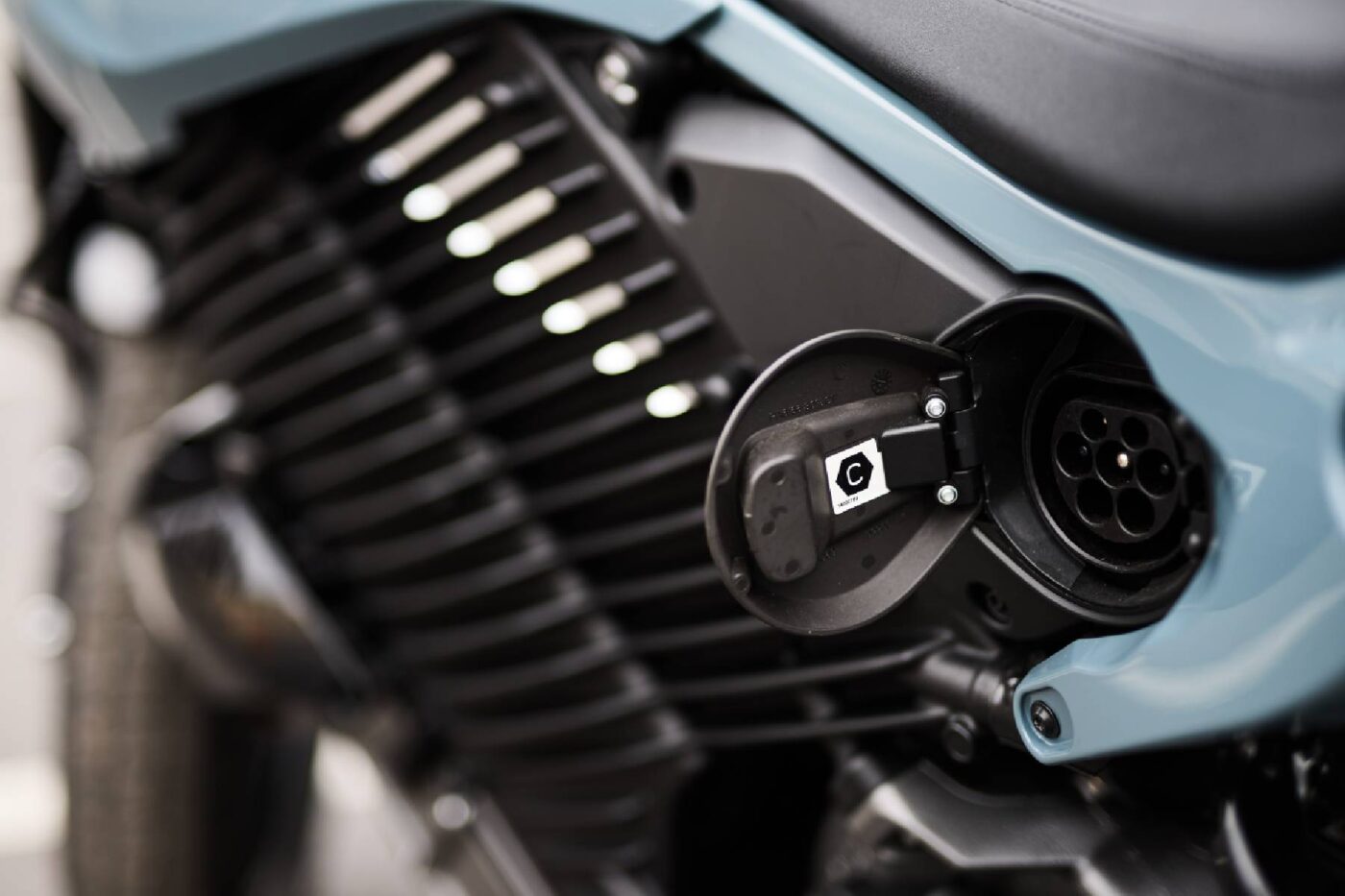
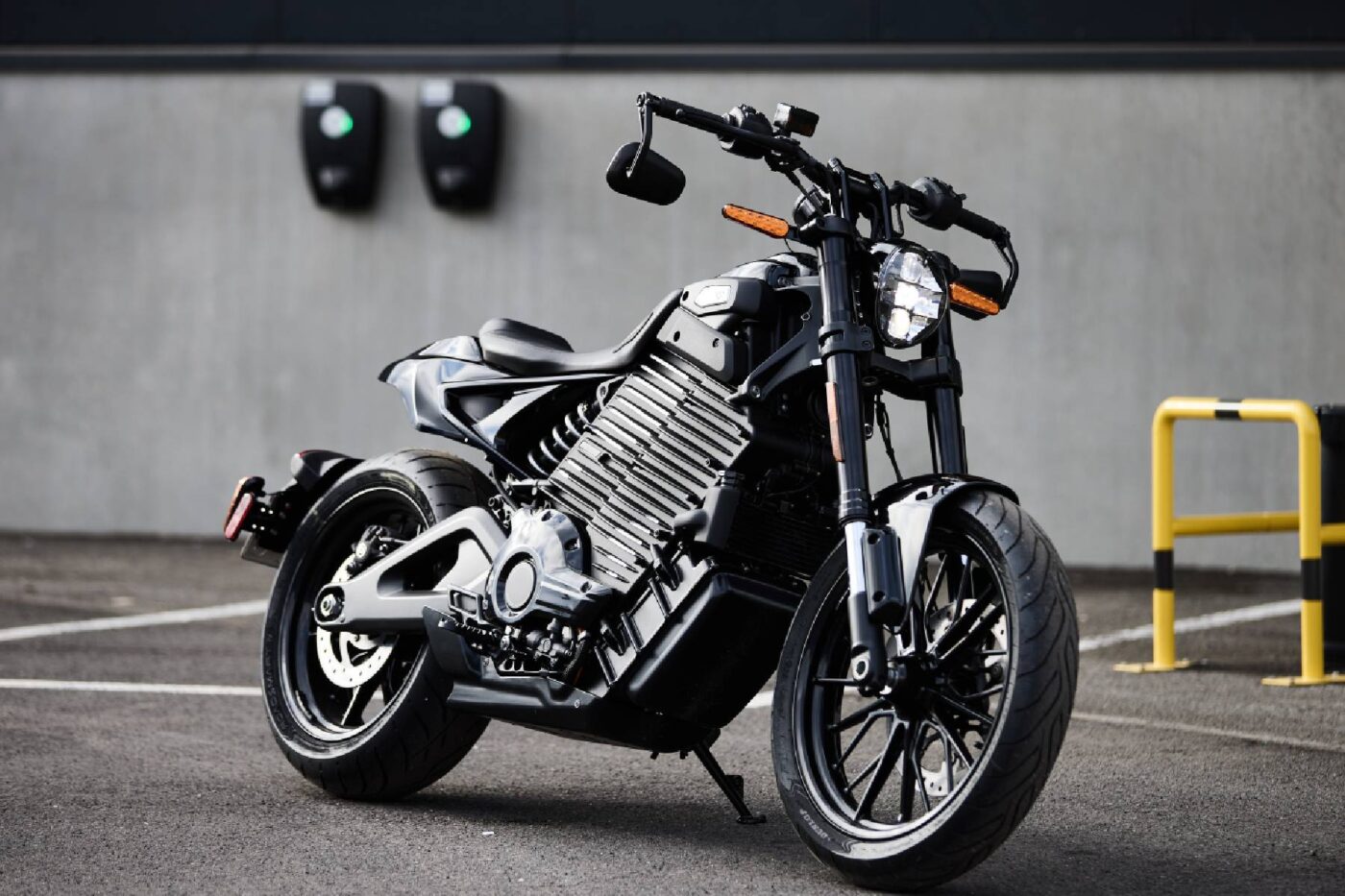

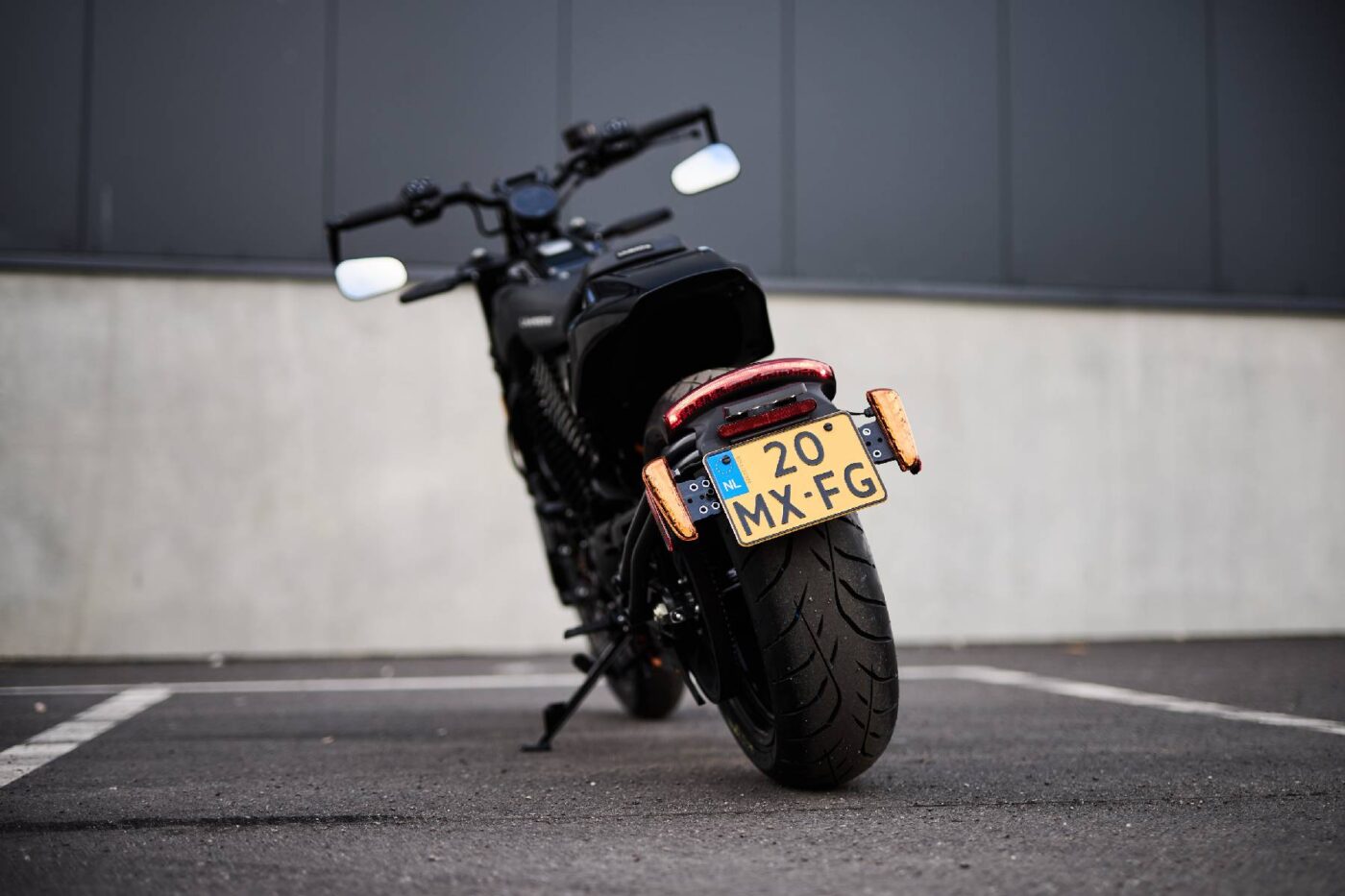
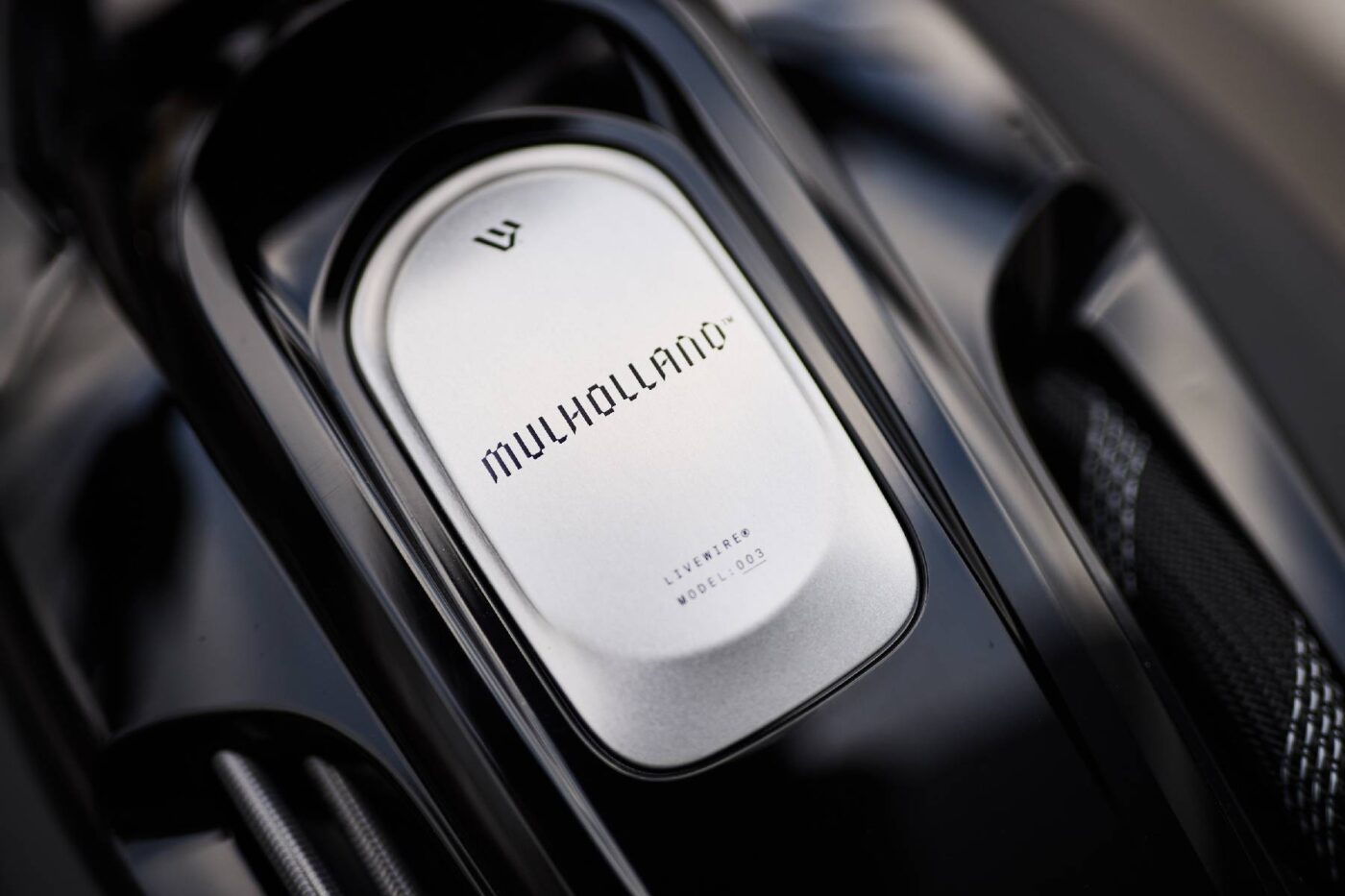
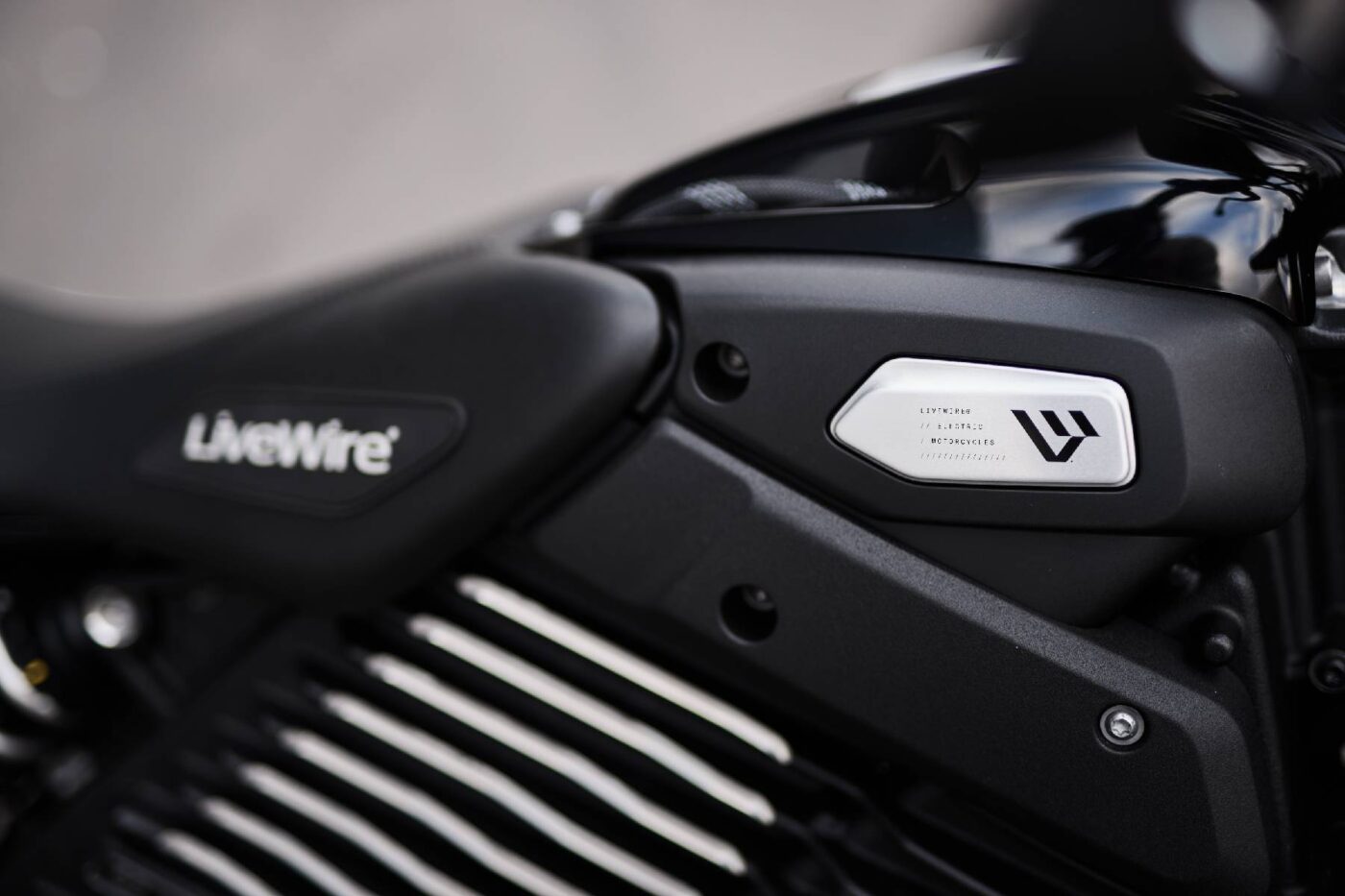
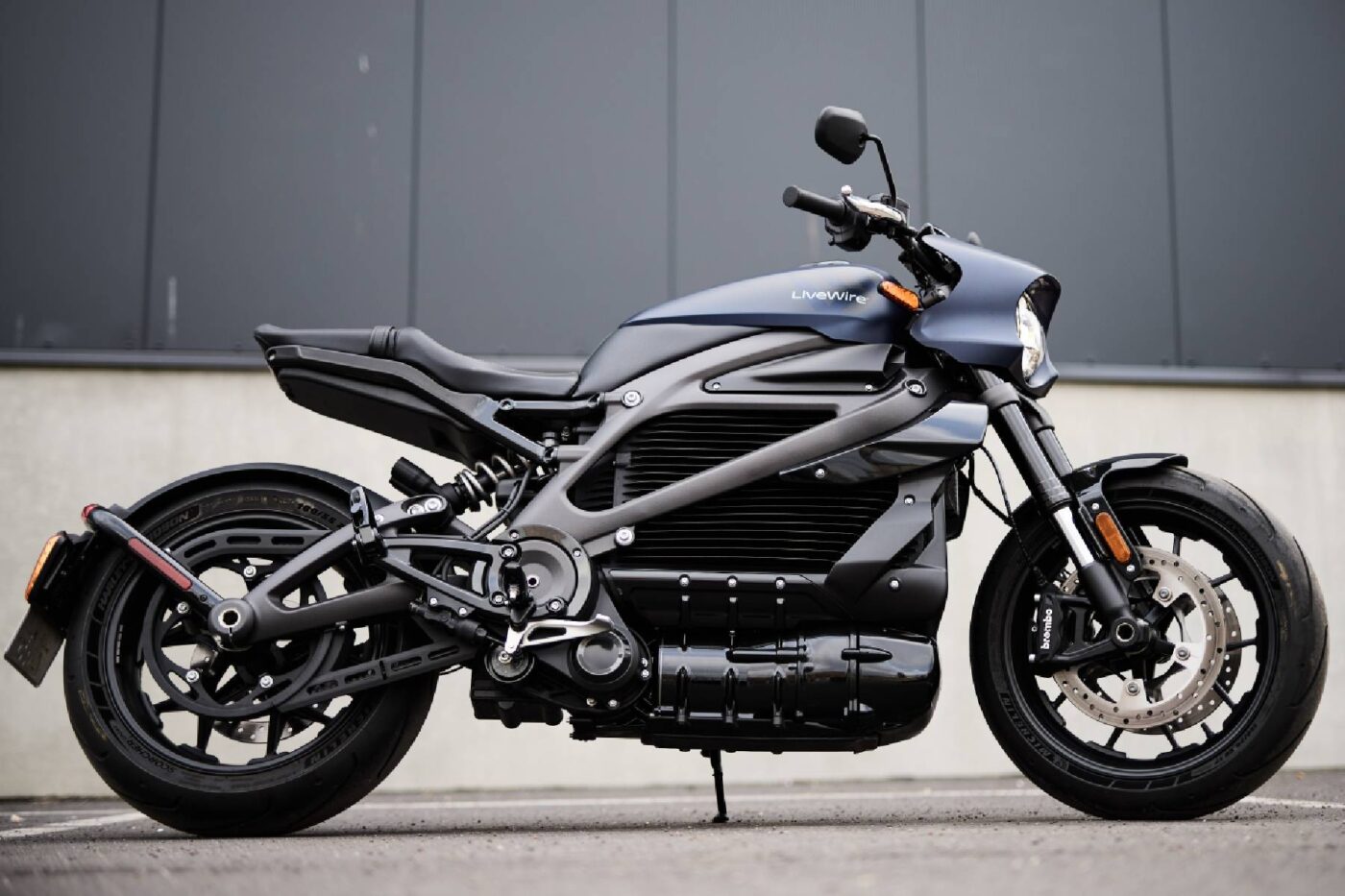
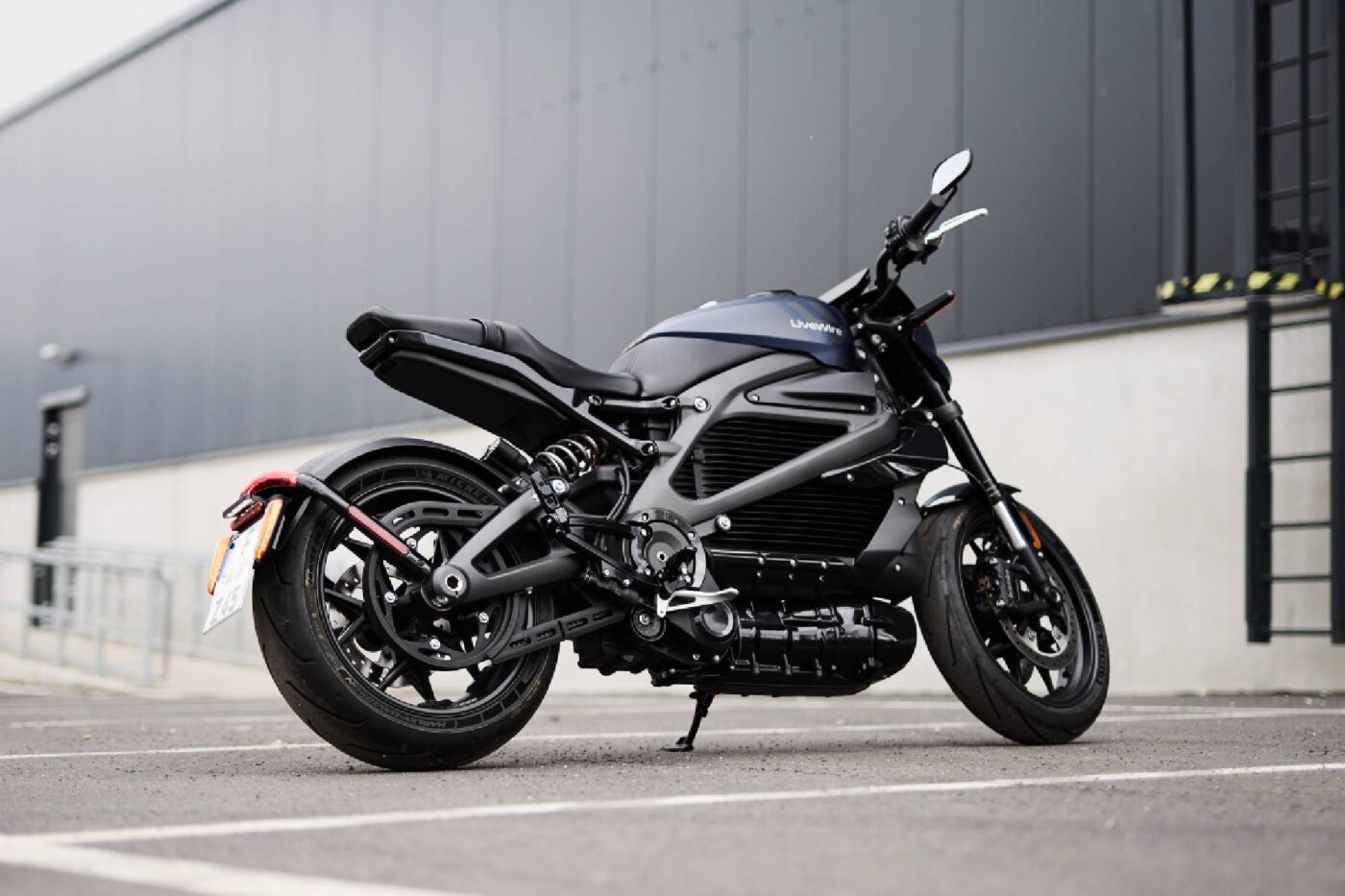
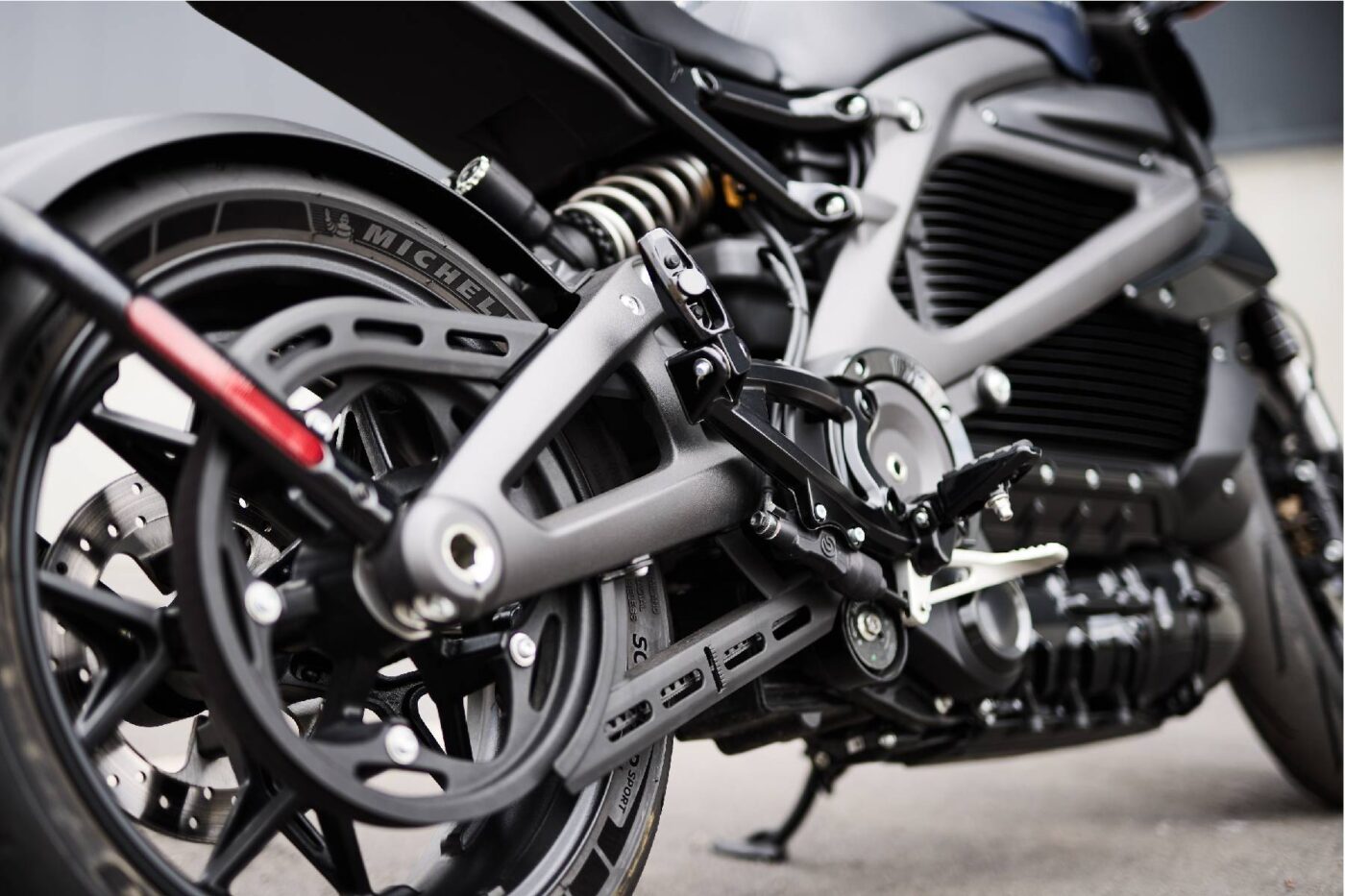
While we did not have an opportunity to test charging behaviour on our tour, the charging capacities are known: The bikes can be charged at either a household socket or charging stations. A charge from 20 to 80 % takes about 78 minutes for the three S2 types (using a 19 kW connection). The LiveWire One is also compatible with DC fast charging, reducing the charging to around 40 minutes.
While one of the riders commented that the lack of heat radiation from the motor is a blessing when standing in traffic in summertime, everyone was somewhat frozen by the end of our test drive through the German capital. Even though it was the end of March, the thermometer did not climb above 6 or 7 degrees Celsius that day.
The biggest criticism of the LiveWire models lies with their price class – the most affordable model is the Alpinista, starting at 18,832 €, followed by the Del Mar for 19,129 €, and the Mulholland for 19,427 €. Unfortunately, the price class is quite high for a country where most riders can only enjoy their motorbikes from May until October. On the other hand, the motorcycle is fun to drive, offering the freedom of biking coupled with a lack of emissions or the noise that motorcycles are generally associated with.
Pricing may also prove to be a difficult issue considering the new tariffs imposed by the US government, which is putting transatlantic business in an awkward position. Whether the European Union responds by introducing their own tariffs is still unclear.
LiveWire has already dropped prices for the One due to demand, which had initially launched with a price of 32,995 €, significantly above the current price of 24,990 €, so adjustment for tariffs might not be unthinkable. A prompt to LiveWire regarding the company’s strategy for dealing with the political climate has not been answered as of the time of publication.
Competition in the area of electric motorcycles is already present on the German market as well, for example, with Zero Motorcycles, whose Zero S boasts a range of 248 km, a top speed of 139 kph and a price tag of €17,400. The prices only go up from there, however, as the company Verge Motorcycles offers its lowest-priced electric motorbike TS Pro from €36,581, utilizing an innovative in-wheel motor.

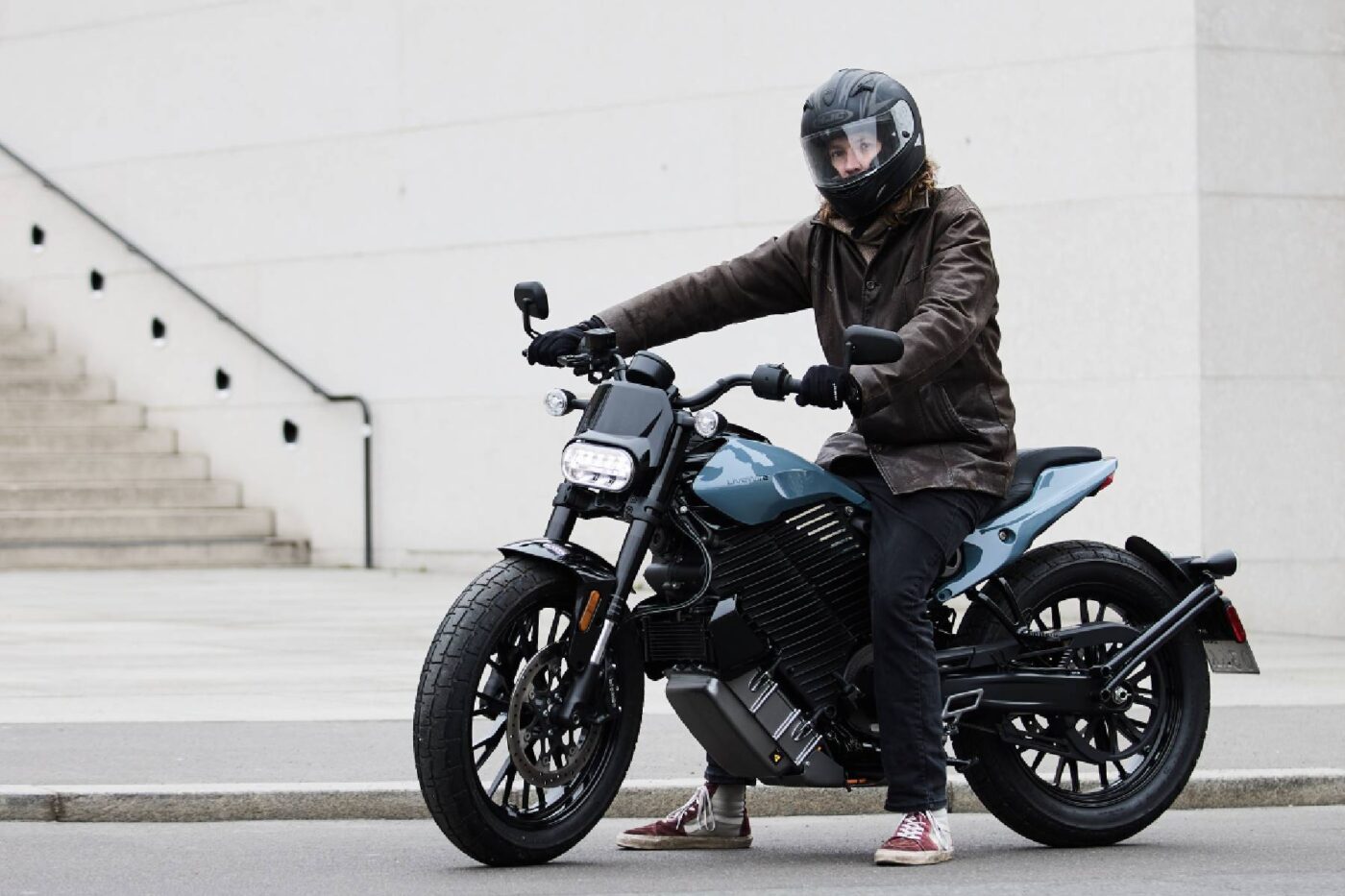

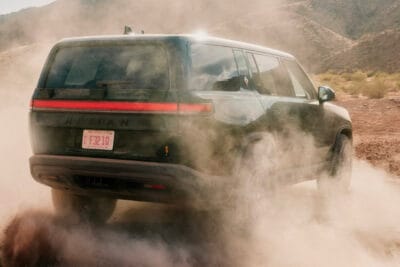
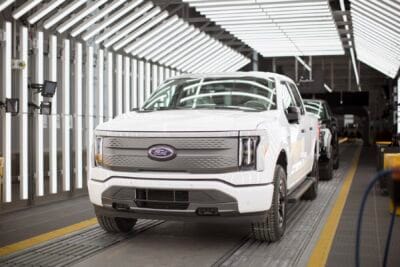
0 Comments